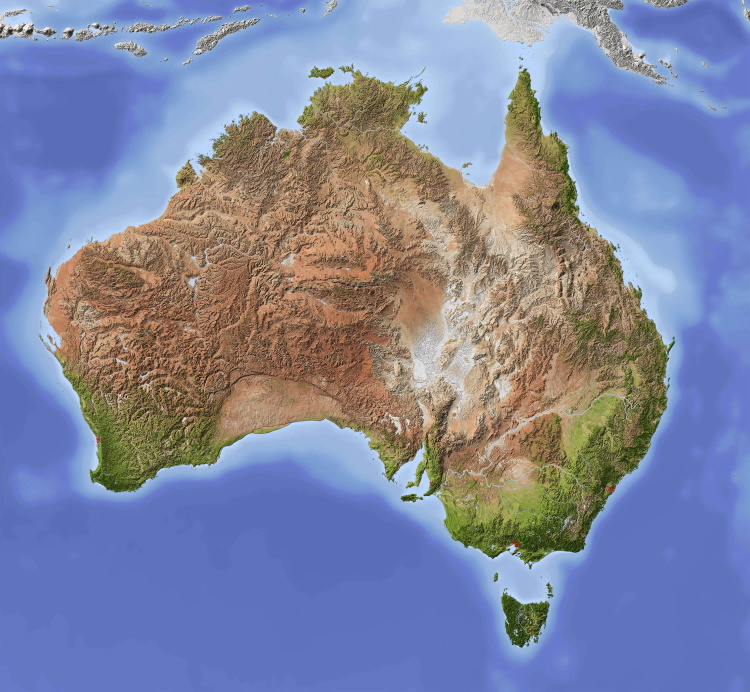Many of us are now dressed head to toe in plastic.
A textile derived from the same non-renewable source as takeaway containers, has grown to make up more than half of the clothes bought in Australia.
Polyester is durable, cheap, and dries quickly. It’s also easy to print patterns on.
It’s commonly used by itself or as a blend with other textiles. It’s used for gym clothes and sports uniforms, party dresses, work attire, and many cheap fast fashion items.
And every purchase is taking an environmental toll.
One Australian study by RMIT found a single 100 per cent polyester T-shirt has a carbon footprint — from creation through to when you dump it in the bin — equivalent to 20.56 kilograms of CO2 emissions (CO2e).
That’s equivalent to driving 140 kilometres. Buy just six tops, and that gets you all the way from Melbourne to Sydney.
So, what’s involved in getting a T-shirt from a fossil fuel, to the one you might be wearing right now? Here’s its journey along the supply chain.


It may or may not be the same company you’re familiar with.
We’ve got a company called Target. Even has the same logo as your Target. But the two are actually entirely unrelated, apart from the fact that they seem to share the same name and logo. I wonder if Kmart might be a similar situation.
But yes, Kmart is very much still a thing. They’re by a pretty wide margin our largest department store, I believe.
Oh wow. I suppose it’s probably what you say - they share a logo and name but are completely separate otherwise.
Here they became synonymous with a worse version of things. Like saying that you bought the “Kmart version” would be a derogatory comment on an item’s quality or imply it is a knockoff. That hastened their death spiral.